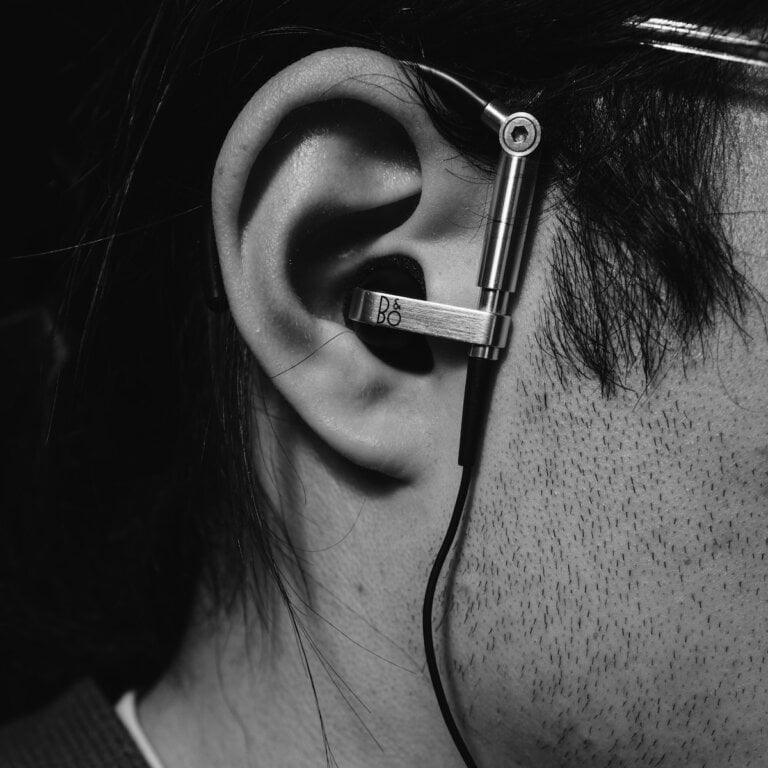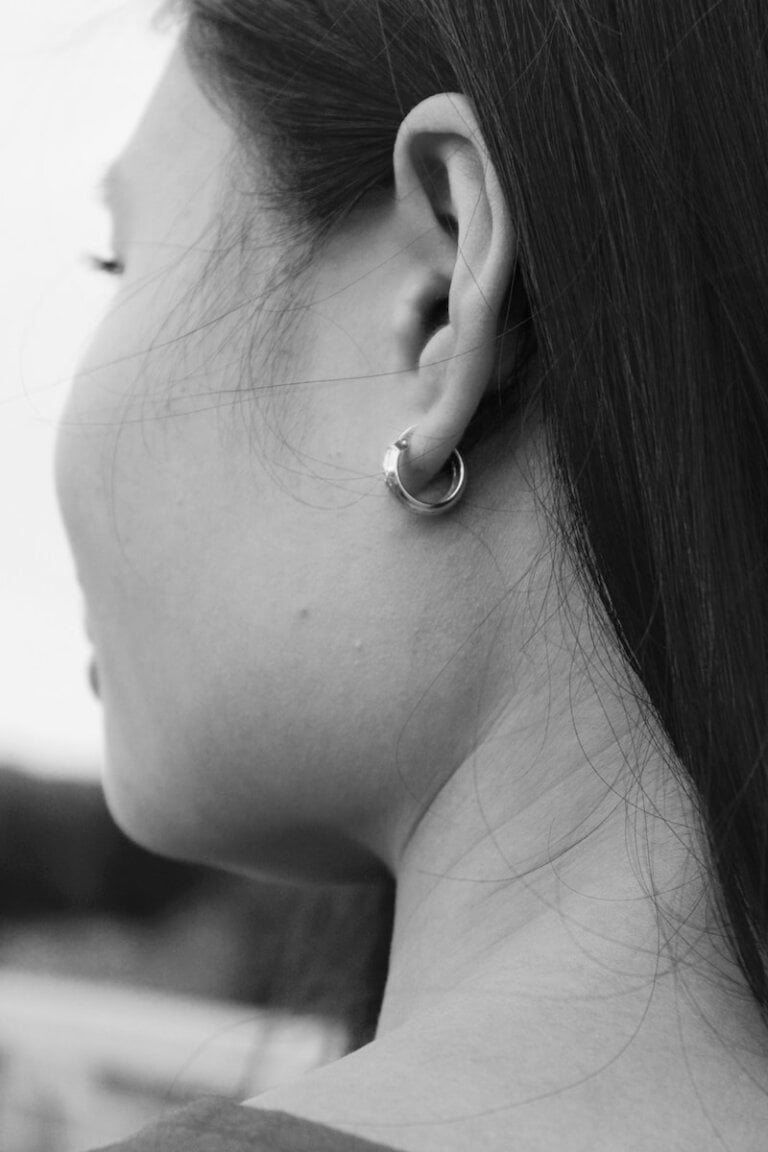Nurturing Young Ears: Exploring the Best Approaches to Ear Infection Treatment in Children
Ear infections are a common ailment that affects many young children. It is essential to understand the various approaches to ear infection treatment to ensure proper care and nurturing of young ears. In this article, we will explore the best practices and remedies that can help alleviate the discomfort caused by ear infections while promoting healing and overall ear health.
Understanding Ear Infections
Before delving into the treatment options, it is crucial to have a basic understanding of ear infections. An ear infection, or otitis media, occurs when fluid builds up behind the eardrum, leading to inflammation and potential bacterial or viral growth. Young children are more prone to ear infections due to their developing immune systems and smaller, more horizontal Eustachian tubes, which can easily become blocked.
Ear infections can be classified into three types: acute otitis media (AOM), otitis media with effusion (OME), and chronic otitis media with effusion (COME). AOM is the most common and typically occurs as a result of a respiratory infection, such as a cold. OME and COME, on the other hand, involve a buildup of fluid in the middle ear without significant signs of infection.
Acute Otitis Media (AOM)
Acute otitis media is the most common type of ear infection among young children. It often develops as a result of a respiratory infection, such as a cold or flu. The infection causes inflammation and fluid buildup in the middle ear, leading to symptoms such as ear pain or discomfort, tugging or pulling at the ears, difficulty sleeping, and irritability. In some cases, a fever may also be present.
Otitis Media with Effusion (OME)
Otitis media with effusion occurs when fluid accumulates in the middle ear without significant signs of infection. This condition can occur after an acute ear infection has resolved or due to other factors such as allergies or Eustachian tube dysfunction. OME may not always cause noticeable symptoms, but some children may experience mild hearing difficulties or a feeling of fullness in the ear.
Chronic Otitis Media with Effusion (COME)
Chronic otitis media with effusion is similar to OME but persists for a longer duration, usually for more than three months. It can occur due to recurring episodes of acute otitis media or persistent Eustachian tube dysfunction. COME may lead to mild hearing loss and can affect a child’s speech and language development if left untreated.
Identifying Symptoms of Ear Infections
Recognizing the symptoms of ear infections is crucial for timely intervention and treatment. Some common signs to look out for include:
-
Ear pain or discomfort: Children with ear infections may experience pain or discomfort in one or both ears. They may tug or pull at their ears in an attempt to relieve the pain.
-
Tugging or pulling at the ears: This is a common sign of ear discomfort in young children. It is their way of expressing the pain or pressure they feel in their ears.
-
Difficulty sleeping or irritability: Ear infections can disrupt a child’s sleep pattern and cause irritability. The pain and discomfort may make it challenging for them to settle and sleep peacefully.
-
Fluid draining from the ears: In some cases, an ear infection may cause fluid to drain from the affected ear. The fluid may be clear or pus-like in appearance.
-
Hearing difficulties or temporary hearing loss: The buildup of fluid in the middle ear can affect a child’s hearing ability. They may have difficulty hearing or may experience temporary hearing loss.
-
Balance problems or dizziness: In more severe cases, an ear infection can affect a child’s balance, leading to dizziness or problems with coordination.
-
Fever, especially in cases of acute otitis media: Acute otitis media is often accompanied by a fever. If your child has a high temperature along with other symptoms, it is important to seek medical attention.
If your child exhibits any of these symptoms, it is advisable to consult a healthcare professional for a proper diagnosis and guidance on the most suitable treatment approach.
Approaches to Ear Infection Treatment
- Watchful Waiting: In some cases, especially for mild ear infections, healthcare professionals may adopt a watchful waiting approach. This involves closely monitoring the child’s symptoms for 48 to 72 hours to determine if the infection resolves on its own. During this period, analgesic ear drops or over-the-counter pain relievers may be recommended to manage symptoms.
- Watchful waiting allows healthcare professionals to assess the progression of the infection and determine if medical intervention is necessary.
- It is important to follow the healthcare professional’s advice and not administer any medication without their guidance.
- Antibiotics: Antibiotics are commonly prescribed to treat acute otitis media and severe ear infections caused by bacteria. They work by targeting and eliminating the infection. It is essential to follow the prescribed dosage and complete the full course of antibiotics to ensure effective treatment and prevent antibiotic resistance.
- Antibiotics should only be used when necessary and as prescribed by a healthcare professional.
- It is important to finish the entire course of antibiotics, even if the symptoms improve, to prevent the infection from recurring or becoming resistant to antibiotics.
- Pain Management: Ear infections can cause significant discomfort and pain. To alleviate these symptoms, healthcare professionals may recommend over-the-counter pain relievers such as acetaminophen or ibuprofen. However, it is crucial to consult a healthcare professional before administering any medication to a child.
- Pain relievers should be used according to the recommended dosage and only under the guidance of a healthcare professional.
- It is important to choose the appropriate pain reliever based on the child’s age and medical history.
- Warm Compress or Heating Pad: Applying a warm compress or heating pad to the affected ear can help relieve pain and reduce inflammation. Ensure that the compress is not too hot and only use it for short periods to avoid any burns.
- A warm compress can provide soothing relief to the ear and help reduce discomfort.
- It is important to test the temperature of the compress before applying it to the ear to prevent burns.
- Ear Drops: Analgesic ear drops containing local anesthetics or numbing agents can provide temporary relief from ear pain. These drops are typically recommended for short-term use and should be administered as per the healthcare professional’s instructions.
- Ear drops can help alleviate pain and discomfort in the ear.
- It is important to follow the healthcare professional’s instructions for the correct administration of ear drops.
- Alternative Remedies: Some parents may opt for alternative remedies to complement conventional treatments. These may include herbal extracts, essential oils, or natural remedies believed to possess anti-inflammatory or antimicrobial properties. However, it is essential to consult a healthcare professional before using any alternative remedies, as they may not always be supported by scientific evidence.
- Alternative remedies should be used with caution and under the guidance of a healthcare professional.
- It is important to ensure that alternative remedies do not interfere with any prescribed treatments.
Prevention and Care Tips
While treating ear infections is vital, taking preventive measures and caring for young ears can help reduce the likelihood of recurring infections. Here are some tips for nurturing young ears:
- Practicing Good Hygiene: Teach children proper handwashing techniques and encourage them to avoid touching or inserting objects into their ears, as this can introduce bacteria and increase the risk of infection.
- Regular handwashing can help prevent the spread of bacteria and viruses that can cause ear infections.
- Discourage children from inserting objects into their ears, such as cotton swabs or fingers, as this can damage the ear canal and increase the risk of infection.
- Vaccination: Ensuring that your child receives recommended vaccinations, such as the pneumococcal conjugate vaccine (PCV) and the influenza vaccine, can help prevent some types of ear infections.
- Vaccination plays a crucial role in protecting against certain bacterial and viral infections that can lead to ear infections.
- Consult with your child’s healthcare professional to ensure they are up-to-date on their vaccinations.
- Breastfeeding: Breastfeeding provides vital antibodies that can help strengthen the immune system and reduce the risk of ear infections. If possible, try to breastfeed exclusively for the first six months of your baby’s life.
- Breast milk contains antibodies that can help protect infants against various infections, including ear infections.
- If breastfeeding is not possible, consult with your healthcare professional for suitable alternatives.
- Avoiding Secondhand Smoke: Exposure to secondhand smoke can increase the risk of ear infections. Keep your child away from environments where smoking is prevalent, and if you smoke, consider quitting or restricting smoking to outdoor areas.
- Secondhand smoke contains harmful substances that can irritate and damage the respiratory system, increasing the risk of ear infections.
- Creating a smoke-free environment can contribute to better overall ear health.
- Promoting a Healthy Diet: A well-balanced diet rich in fruits, vegetables, and whole grains can help strengthen the immune system and support overall ear health. Encourage your child to consume nutritious foods and limit excessive sugar intake, which can weaken the immune system.
- Nutrient-rich foods can provide the necessary vitamins and minerals to support a healthy immune system.
- Avoiding excessive sugar consumption can help maintain a strong immune system and reduce the risk of infections.
- Promptly Treating Respiratory Infections: Respiratory infections, such as the common cold, can often lead to ear infections. By promptly treating these infections and managing symptoms, you can minimize the risk of ear complications.
- Treating respiratory infections promptly can help prevent the spread of infection to the ears.
- Follow the healthcare professional’s advice for managing respiratory infections in children.
By following these preventive measures and adopting appropriate care practices, you can create a nurturing environment for young ears, reducing the frequency and severity of ear infections.
In conclusion, nurturing young ears involves understanding the different approaches to ear infection treatment, recognizing the symptoms, and implementing preventive measures. From watchful waiting to antibiotic use and pain management, there are various strategies healthcare professionals may employ to treat ear infections effectively. Remember to consult a healthcare professional for a proper diagnosis and guidance tailored to your child’s specific condition. By providing proper care and taking preventive measures, you can help ensure the well-being and long-term ear health of your child.
FAQ
-
What are the common symptoms of ear infections in children?
Common symptoms of ear infections in children include ear pain or discomfort, tugging or pulling at the ears, difficulty sleeping or irritability, fluid draining from the ears, hearing difficulties or temporary hearing loss, balance problems or dizziness, and fever (especially in cases of acute otitis media).
-
What are the treatment options for ear infections in children?
The treatment options for ear infections in children include watchful waiting, antibiotics (for bacterial infections), pain management with over-the-counter pain relievers, warm compress or heating pad application, analgesic ear drops, and alternative remedies (under healthcare professional guidance).
-
How can I prevent ear infections in children?
You can prevent ear infections in children by practicing good hygiene, ensuring vaccination is up-to-date, breastfeeding (if possible), avoiding secondhand smoke, promoting a healthy diet, and promptly treating respiratory infections.
-
When should I consult a healthcare professional for my child’s ear infection?
It is advisable to consult a healthcare professional for your child’s ear infection if they exhibit symptoms such as ear pain or discomfort, tugging or pulling at the ears, difficulty sleeping or irritability, fluid draining from the ears, hearing difficulties or temporary hearing loss, balance problems or dizziness, and fever (especially in cases of acute otitis media). A healthcare professional can provide a proper diagnosis and guidance on the most suitable treatment approach.







